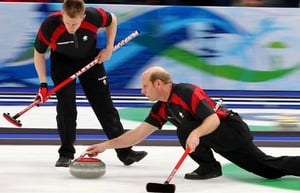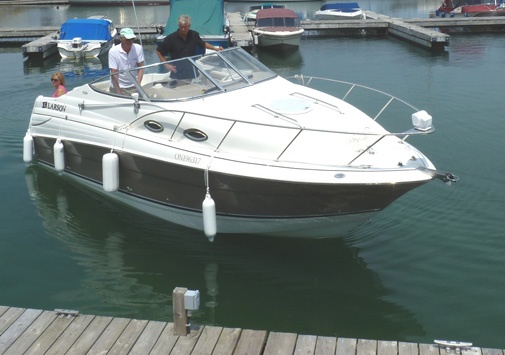Most people get pretty good at their primary role in life; something you practise for thousands of hours you begin to master. Many of us who run marinas move boats daily, shuffle them in and out of slips, and boat all season long. This is boating as a profession and by necessity docking the boats is one such skill that we get good at. When people compliment my docking, I simply say: “thanks, it’s my day job”.
I see many people pick up the skill very naturally, only taking days or weeks to get proficient enough to be comfortable and then eventually master it over many years of practise. I also have seen boaters who have been doing it for 30, 40, or more years who continue to struggle.
I get asked all the time how to do it better, and when delivering a new or used boat to a customer, it is part of our delivery process as well. So, after giving advice for years on the subject the other day I had a bit of a brain wave. Why are some people so vastly different in this skill set? My thought? It all comes down to two very Canadian sports: Ice Skating/Hockey and Curling. Here are three pieces of advice to use the next time you go boating and bring your boat back to the dock and how it connects to two winter sports.
One of the things I used to tell people when docking a boat is: “to forget everything you learned about parking your car in the grocery store parking lot”. When you drive a car, you do just that…..”drive it”. Turn the wheel, put it in forward or reverse and you can, if accurate, put it exactly where you want it. This is very much like good skaters. Skates have blades that dig into the ice, and track (if you have the skill and the blades are sharp), very precisely. Driving your car is much like skating in that way.
The other thing I say to boaters is that “a boat is a solid in a liquid”. What that means is that it moves on its own with very little or no input from you. That is what new boaters often find so scary about attempting to dock. To the point that we feel that some people leave boating because of the stress of it, or never even try it and stay away from boating all together. In a parking lot and in your car, you really don’t need to worry about wind, current, and most importantly – drift.
The last thing I say about docking is that “you boat in gear, and you dock in neutral”. This is where curling comes into the scene. When you throw a rock in curling, how

heavy a hand you use, and how you rotate it, and what obstacles are in your way, is going to determine how successful the shot is. Docking a boat is the same. To get good at it, you realize that the control you have is while you have your hand on the rock (or the boat wheel and throttle). Inevitably though, you let go of the rock for it to actually be curling, and in docking you put it in neutral, and see how your “throw” went. Unlike curling though, you can nudge the rock (boat), multiple times as you approach the slip or dock. In and out of forward, in and out of reverse, wheel the port, wheel to starboard, back to neutral each time seeing how the slide is going. Correcting a bit at a time till eventually you slide the boat right into that bullseye. The key in all of it being that you go to neutral each time and let your efforts work.
The mistake is made in panicking, and being too hard with the throw…gently tap the boat in and out of gear, just like a smooth stone throw in curling. Never leave the boat in gear as you come into the slip. Neutral is your friend and saves you stress (and sometimes money), by keeping you from going too fast.
So, want to be a better boat docker? Head to the curling rink for some practise. Oh, and avoid this look when docking...it does not instill confidence in the crew ;-)


